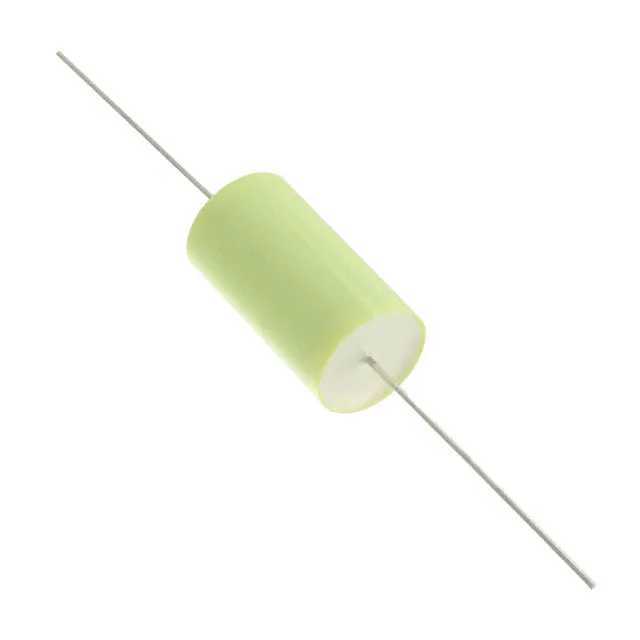
In the world of electronic components, there exists a small but powerful device that plays a crucial role in various high voltage applications. This component, known for its remarkable performance, is capable of storing and releasing electrical energy with great efficiency. With its small size and impressive durability, it has gained prominence in the field of electronics and has become an essential component for many electronic devices.
The component in question is commonly referred to as a high voltage ceramic capacitor, and it forms an integral part of countless electronic circuits. These capacitors, characterized by their high capacitance value and ability to withstand high voltages, offer a wide range of benefits to circuit designers and engineers. By providing stable and reliable performance in demanding environments, these capacitors contribute to the overall efficiency and longevity of electronic systems.
High voltage ceramic capacitors are specifically designed to handle the demands of high voltage applications. Their unique construction, consisting of alternating layers of ceramic materials and metal electrodes, enables them to withstand significant electrical stress. This design ensures that the capacitors can store and discharge electrical energy efficiently, while also minimizing the risks associated with high voltage operation.
Discover the fascinating world of high voltage ceramic capacitors as we explore their various features, applications, and the technical specifications of a specific model: the 103 1kv capacitor. Learn how this versatile component can enhance the performance and reliability of your electronic designs.
Understanding the Basics of Capacitors
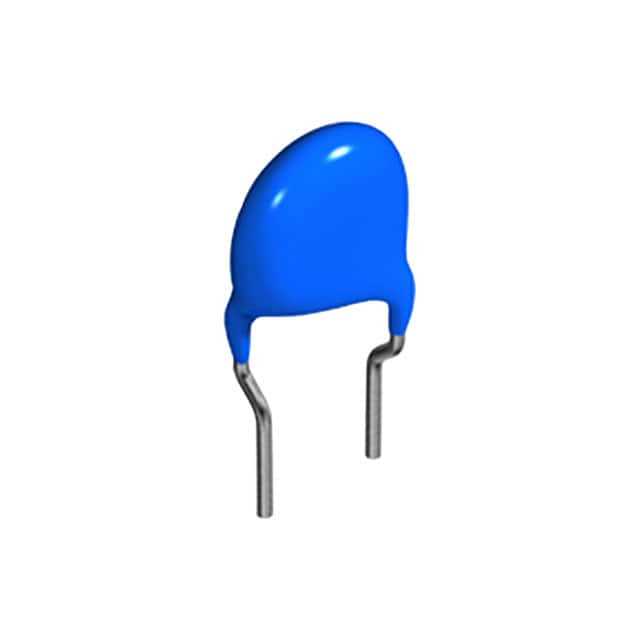
In the world of electronics and electrical engineering, capacitors play a vital role in various applications. These components are essential for storing and releasing electrical energy, making them crucial elements in electronic circuits. By understanding the fundamentals of capacitors, one can gain insight into their functionality and applications in different fields.
Types of Capacitors
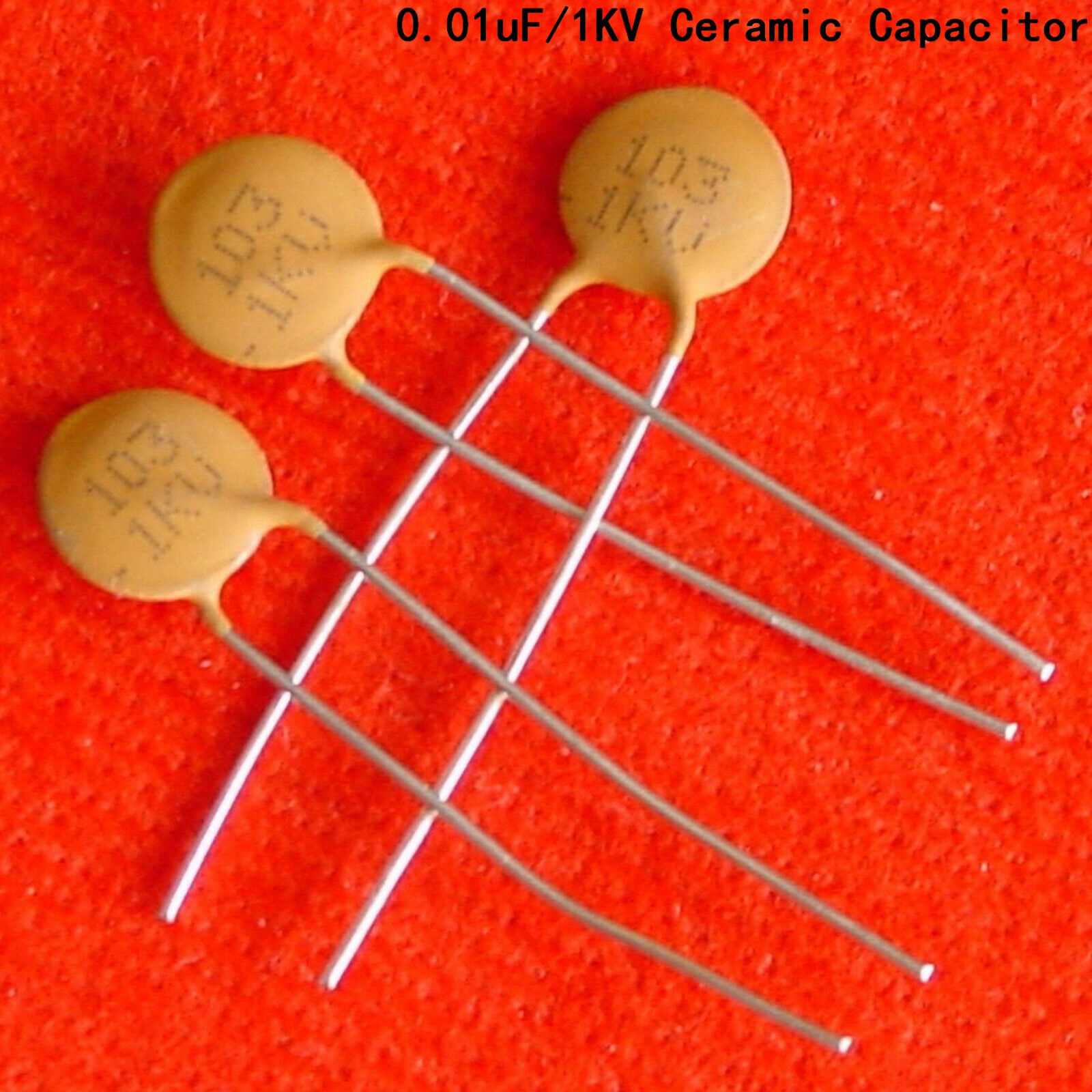
Capacitors come in different shapes, sizes, and materials, each designed to suit specific requirements. Some common types of capacitors include ceramic capacitors, aluminum electrolytic capacitors, tantalum capacitors, and film capacitors. Each type has unique characteristics that make them suitable for specific applications, such as filtering noise, decoupling, or energy storage.
Working Principle
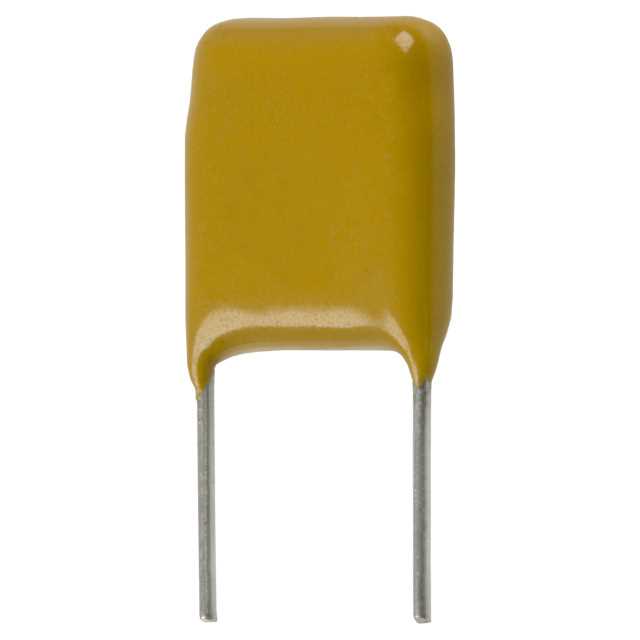
Capacitors operate based on the principle of electrostatic energy storage. They consist of two conductive plates separated by a dielectric material. When a voltage is applied across the plates, the capacitors accumulate an electric charge, which is stored in the form of an electrostatic field. This stored charge can be released when needed, supplying electrical energy to the circuit.
| Advantages | Disadvantages |
|---|---|
| Efficient energy storage | Susceptible to voltage spikes |
| Wide range of capacitance values | Can degrade over time |
| Quick charging and discharging capabilities | Size and cost limitations |
Capacitors have numerous advantages, such as efficient energy storage, a wide range of capacitance values, and quick charging and discharging capabilities. However, they are also susceptible to voltage spikes, can degrade over time, and may have size and cost limitations depending on the application.
Understanding the basics of capacitors is crucial for engineers, hobbyists, and anyone working with electronic circuits. By grasping the principles of operation, types, and advantages of capacitors, one can utilize these components effectively and design circuits that meet specific requirements.
Exploring the Features of 103 1kv Capacitors
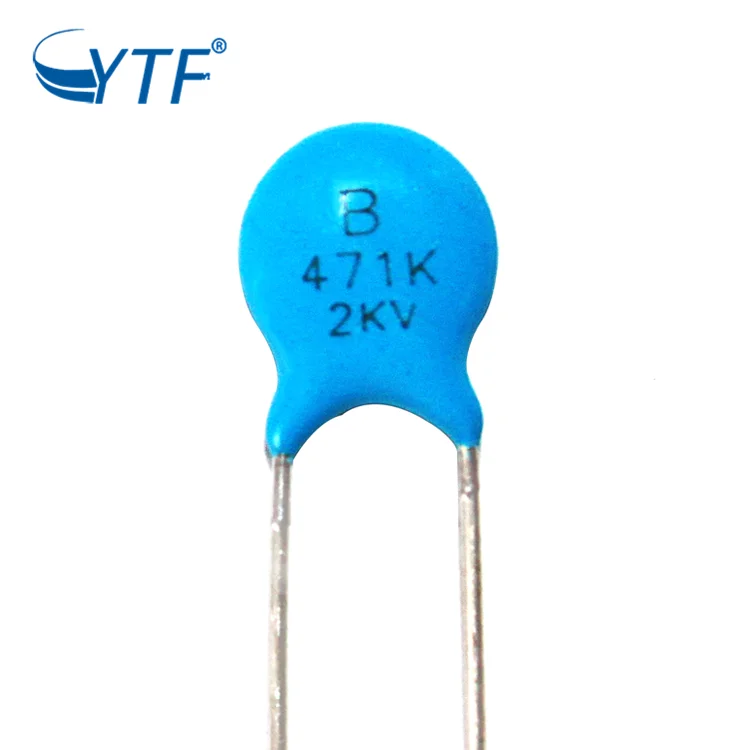
In this section, we will delve into the various characteristics and properties of the 103 1kv capacitor, a widely used electronic component. Capacitors are essential components in electronic circuits, as they store and release electrical energy. Understanding the key features of these capacitors can aid in their proper selection and application for different electrical projects.
The Importance of Capactior Size
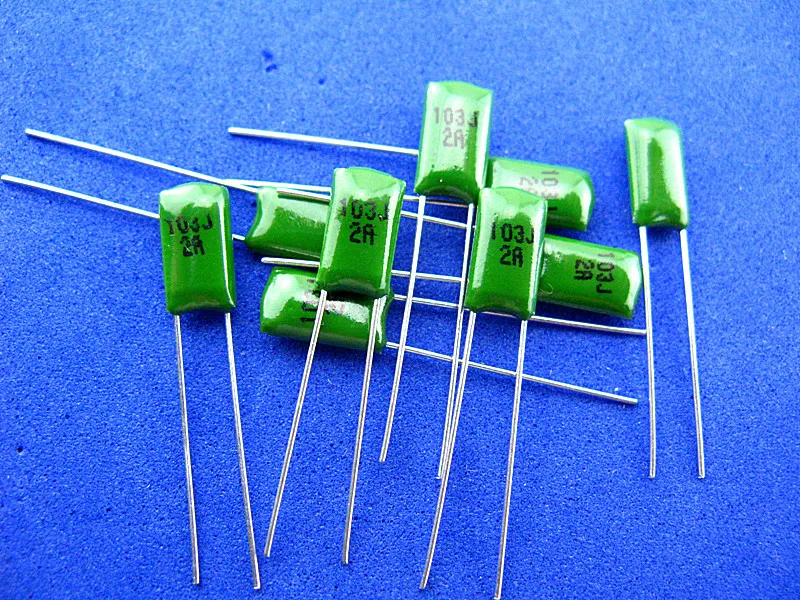
When considering the features of 103 1kv capacitors, one crucial aspect to evaluate is their size. The compact dimensions of these capacitors make them ideal for installations with limited space. Their small size allows them to be easily incorporated into intricate electronic circuit designs and compact devices. This makes 103 1kv capacitors suitable for a broad range of applications, including consumer electronics, telecommunications, and automotive systems.
Reliable Voltage Rating
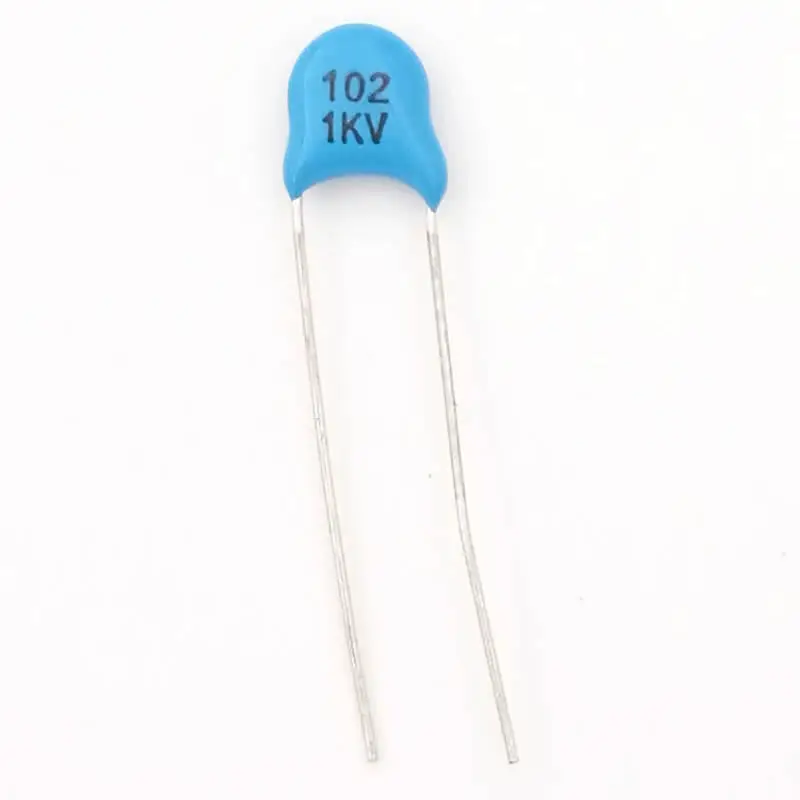
Another noteworthy feature of 103 1kv capacitors is their reliable voltage rating. With a maximum voltage rating of 1 kilovolt (1kV), these capacitors can handle high voltage applications without risking damage or failure. This attribute makes them well-suited for use in power supplies, high-voltage circuits, and voltage regulation systems.
Moreover, the robust voltage rating of 103 1kv capacitors ensures their effectiveness even in demanding conditions with voltage fluctuations or surges. This provides a level of stability and protection, preventing potential electrical hazards and maintaining the overall integrity of the circuit or system.
In conclusion, the features of 103 1kv capacitors, such as their compact size and reliable voltage rating, make them an excellent choice for various electronic applications. Their ability to fit into tight spaces and withstand high voltages makes them versatile and dependable components. Understanding these features enables engineers and designers to utilize 103 1kv capacitors effectively, ultimately enhancing the performance and reliability of electronic systems.
Decoding the Datasheet for High Voltage Ceramic Capacitors
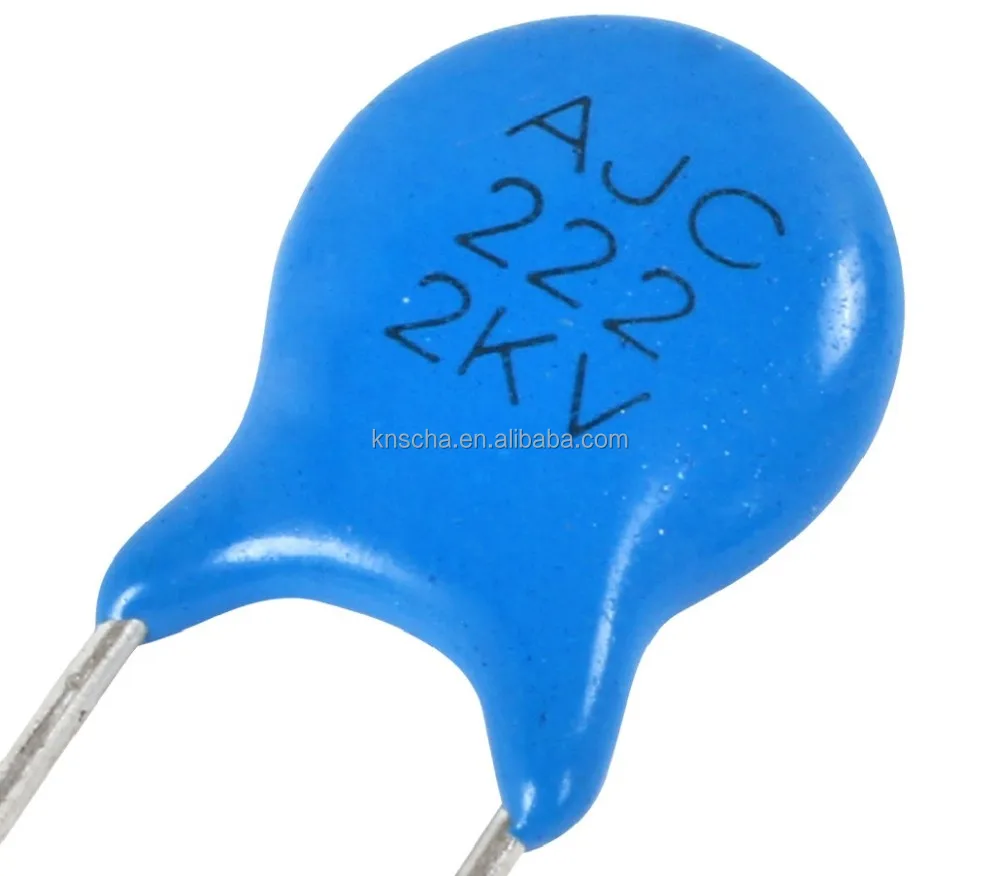
When it comes to understanding the specifications and performance characteristics of high voltage ceramic capacitors, a thorough analysis of the datasheet is essential. In this section, we will delve into the intricacies of decoding the datasheet for capacitors with a capacitance rating of 103 and a voltage rating of 1kV. By examining the various parameters and terminology used in the datasheet, we gain valuable insights into the capabilities and limitations of these capacitors.
Detailed Electrical Characteristics

The datasheet provides a wealth of information about the electrical properties of 103 1kV capacitors. Key parameters such as capacitance, voltage rating, tolerance, dissipation factor, insulation resistance, and equivalent series resistance (ESR) are specified. It is crucial to understand these characteristics as they directly impact the capacitor’s performance in different applications.
The capacitance value, measured in farads or its subunits, indicates a capacitor’s ability to store electrical energy. The voltage rating determines the maximum voltage that can be applied without causing failure. Tolerance refers to the permissible deviation from the stated capacitance value. Dissipation factor represents the amount of energy loss within the capacitor, influencing its efficiency. Insulation resistance measures how well the capacitor isolates charges, while ESR accounts for the resistance inherent in the capacitor. A comprehensive understanding of these characteristics is crucial for proper selection and utilization of high voltage ceramic capacitors.
Mechanical and Environmental Specifications
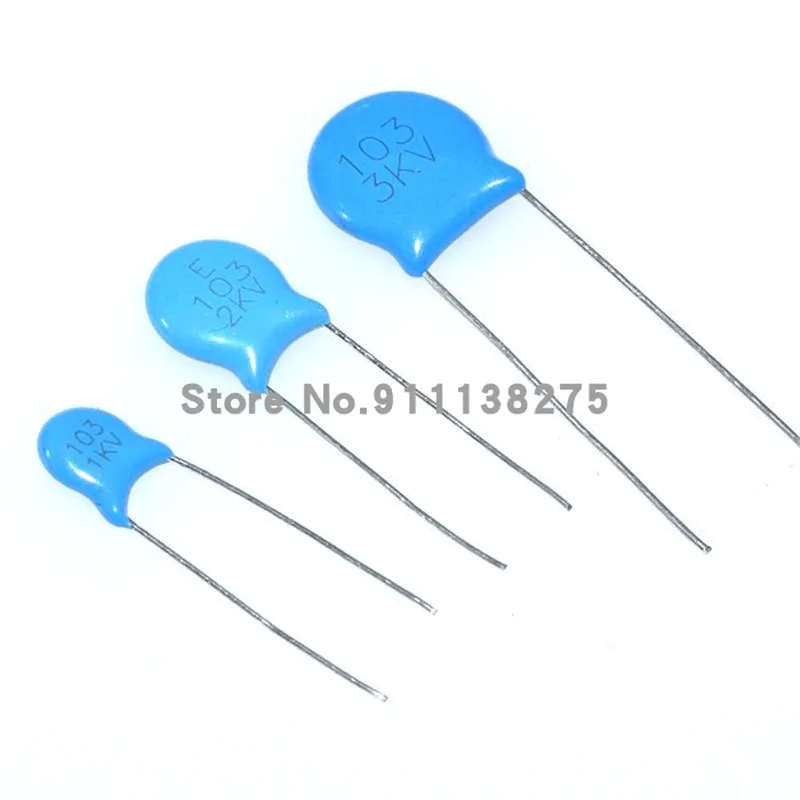
Besides electrical specifications, the datasheet also provides vital details about the mechanical and environmental aspects of 103 1kV capacitors. This information helps engineers assess the suitability of these capacitors for specific applications and environments. It includes dimensions, weight, lead spacing, mounting options, temperature range, humidity resistance, and lifetime expectancy.
The physical dimensions and weight of the capacitor are crucial considerations for space-constrained applications. Lead spacing determines compatibility with standard circuit boards and connectors. Mounting options provide flexibility in assembly and integration. Temperature range and humidity resistance indicate the capacitor’s ability to withstand varying environmental conditions. The expected lifetime expectancy assists in estimating the durability and reliability of these capacitors.
In conclusion, by mastering the art of decoding datasheets, engineers and designers can gain a comprehensive understanding of the electrical, mechanical, and environmental characteristics of high voltage ceramic capacitors, such as the 103 1kV variant. This knowledge empowers them to make informed decisions and effectively incorporate these capacitors into their designs, ensuring optimal performance and reliability.
| Parameter | Description |
|---|---|
| Capacitance | The ability of the capacitor to store electrical energy |
| Voltage Rating | The maximum voltage the capacitor can withstand without failure |
| Tolerance | The permissible deviation from the stated capacitance value |
| Dissipation Factor | The amount of energy loss within the capacitor |
| Insulation Resistance | The ability of the capacitor to isolate charges |
| Equivalent Series Resistance (ESR) | The inherent resistance within the capacitor |